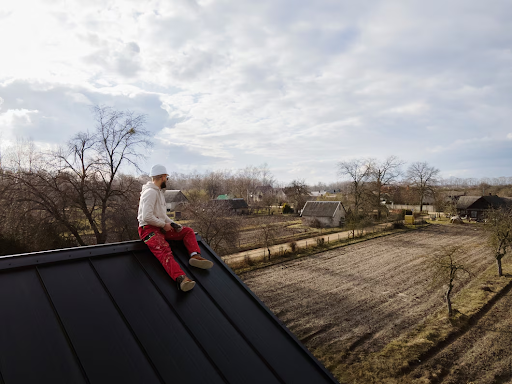Energy-efficient roofing is vital to decreasing a building’s general energy consumption. A roofing contractor recognizes the complex balance between materials and their energy-saving assets.
A well-designed, energy-efficient roof creates a cooler interior, reducing air conditioning dependence and resulting in lower energy bills. Cool roofs attract attention for their high reflectivity, which permits them to reflect more sunlight and absorb less heat than outdated roofs.
Here, we will discuss five energy-efficient roofing solutions.
Good Ventilation
Another way to keep your roof cool and peaceful is ventilation. The attic’s ability to maintain heat is largely dependent on its ventilation system. Attic temperatures can reach 160 degrees when the outside temperature is in the 90s, and someone has to absorb that heat.
Without good ventilation, it will shift to the inside of your building. If temperatures become too dangerous, they won’t just increase your electric bill—they can damage your roof.
Installing Solar Panels
If you want to reduce your energy consumption but not replace your roof, installing solar panels is a good substitute.
Solar panels have become gradually common over the previous years, and it’s no wonder. Generating clean energy from your home can save you dollars in energy bills over the solar system’s lifespan.
Nevertheless, solar panels have an average lifespan of more than 25 years. You don’t need to install solar panels on your ancient roof to remove them when you unavoidably want a new roof.
That’s why your roofing contractor recommends lifelong roofing elements like aluminum or steel over asphalt. Metal, clay, and concrete roofs all have an extended lifetime than most solar panels.
Commercial Metal Roofing and Built-Up Roofing (BUR) Services
Various commercial roofing services offer different levels of energy efficiency.
Metal roofing, particularly steel, aluminum, and copper, is suitable for energy-efficient roofs. Their reflective coverings can decrease heat absorption, resulting in energy savings. Steel roofs can be covered with distinct appearances to improve solar reflectivity and thermal emissivity.
Long-standing savings: Durability and permanency with little lifecycle price.
Reflective properties: Regularly treated with reflective pigments for improved energy efficiency.
In BUR systems, multiple layers of bitumen and reinforcing textiles combine to form a final membrane. BUR can add reflective surfaces or coatings to decrease heat absorption and increase energy efficiency.
Choose the Right Color
Many individuals wonder if the color of the roofing will disturb temperature and insulation. The reply is yes and no. Darker roofing does indeed retain heat longer than lighter ones. However, regardless of color, no roof in 90-degree or higher temperatures will feel cold to the touch or thermometer.
White or light gray roofs reflect more sunlight than black ones. However, a five—to ten-degree attic temperature difference does not appreciably affect the home’s performance.
Incorporation of Green Roofs
Another energy-efficient solution is the incorporation of green roofs. This system includes cultivating vegetation on the roof exterior, which offers insulation and decreases heat absorption.
Green roofs can enhance energy efficiency by decreasing air conditioning requirements during hot weather and lessening heat loss during cooler months. They also provide extra advantages like better-quality air, stormwater management, and prolonged roof lifespan.

Leave a Reply